What are the Power and Duties of an Indian Air Force Wing Commander?
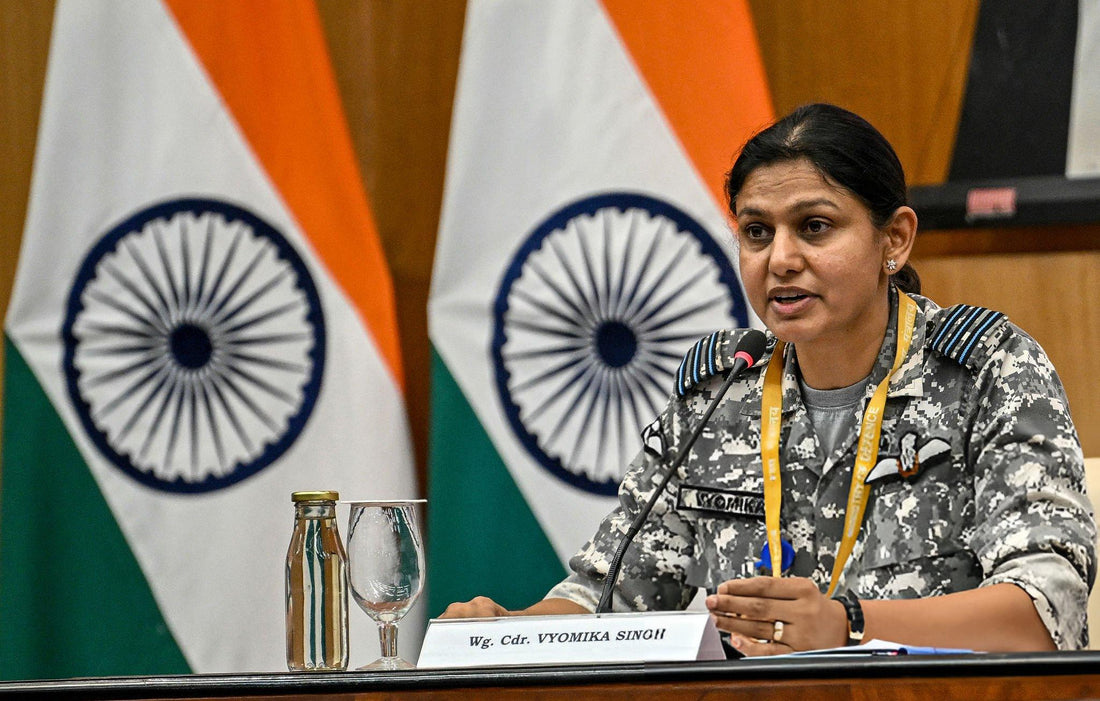
The Indian Air Force (IAF), a vital pillar of India’s defence framework, is renowned for its precision, technological prowess, and operational excellence. Within its officer cadre, the Wing Commander is a senior commissioned officer rank that plays a pivotal role in bridging tactical execution with strategic leadership. Equivalent to a Lieutenant Colonel in the Indian Army or a Commander in the Indian Navy, the Wing Commander is a mid-level rank responsible for commanding squadrons, leading critical operations, and managing administrative functions. This article provides a comprehensive overview of the powers, duties, and responsibilities of a Wing Commander in the Indian Air Force.

Introduction to the Wing Commander Rank
The Wing Commander rank is a senior officer position in the IAF, positioned above Squadron Leader and below Group Captain. It is a critical rank in the IAF’s hierarchy, marking the transition from junior to senior leadership roles. The term “Wing Commander” reflects the officer’s primary role in commanding a wing or squadron, which is a key operational unit in air bases, or leading specialized units in technical, administrative, or logistical branches.
Also Read: Meet Brigadier Bhupesh Singh Hada: From 10 PARA SF to NSG – A Life of Grit, Glory, and Greatness
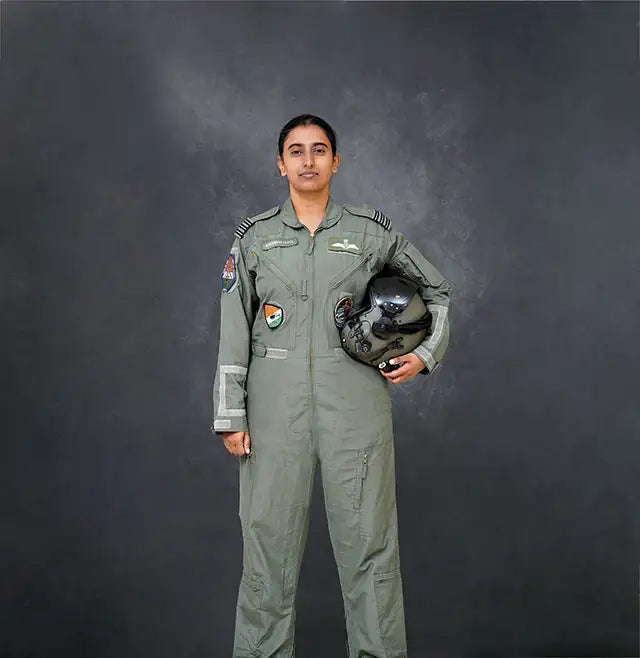
Officers typically reach the rank of Wing Commander after approximately 12–15 years of commissioned service, depending on their entry scheme (e.g., National Defence Academy, Combined Defence Services, or Short Service Commission) and performance. Promotion to Wing Commander is merit-based, determined by Annual Confidential Reports (ACRs), professional courses, and selection by promotion boards. The rank’s insignia consists of three dark blue bands with a lighter blue band between them, worn on the uniform’s shoulder or sleeve, distinguishing it from lower ranks like Squadron Leader (two and a half bands).
Wing Commanders serve across various branches of the IAF, including Flying (Fighter, Transport, Helicopter), Technical (Engineering), Administration, Logistics, Accounts, Education, and Medical. They typically command squadrons (12–18 aircraft), lead air base wings, or hold senior staff positions at Air Headquarters or Command Headquarters. Their role combines operational leadership, technical expertise, and administrative oversight, making them integral to the IAF’s operational readiness and strategic objectives.
Powers of a Wing Commander
As senior commissioned officers holding a commission from the President of India, Wing Commanders wield significant authority over their subordinates, including Squadron Leaders, Flight Lieutenants, Flying Officers, Junior Commissioned Officers (JCOs), Non-Commissioned Officers (NCOs), and Airmen. Their powers are broader than those of junior officers, reflecting their seniority and strategic responsibilities. The key powers of a Wing Commander include:
- Command Authority: Wing Commanders have the authority to command a squadron (e.g., a fighter squadron with 12–18 aircraft like Sukhoi Su-30 MKI or Rafale) or a wing within an air base, issuing orders to all personnel under their command to ensure mission success and operational efficiency.
- Disciplinary Powers: They can enforce discipline within their unit, addressing minor infractions through administrative actions like warnings, reprimands, or corrective measures. For serious violations, they can initiate inquiries, recommend punishments, or convene Summary Courts-Martial for minor offenses, escalating major cases to higher authorities like the Station Commander.
- Operational Decision-Making: In operational scenarios, Wing Commanders have the authority to make tactical and strategic decisions, such as mission planning, aircraft deployment, and coordination with other units, to achieve objectives in air operations, exercises, or contingencies.
- Resource Allocation: They have the power to allocate resources, including aircraft, equipment, and personnel, within their squadron or wing to optimize operational effectiveness and mission readiness.
- Training Oversight: Wing Commanders can design and implement training programs for their unit, ensuring aircrew and ground personnel maintain high standards of operational proficiency, technical expertise, and physical fitness.
- Welfare Advocacy: They advocate for the welfare of their personnel, addressing concerns about working conditions, equipment, or morale by coordinating with higher authorities like the Station Commander or Air Officer Commanding (AOC).
- Staff Authority: In staff roles at Air Headquarters, Command Headquarters, or training establishments, Wing Commanders have the authority to influence policy, oversee operational planning, and coordinate inter-unit or inter-service activities.

Duties of a Wing Commander
The duties of a Wing Commander are diverse, encompassing operational leadership, squadron or wing management, training, administration, and welfare responsibilities. Whether commanding a squadron, leading a wing, or serving in a staff role, Wing Commanders balance tactical execution with strategic oversight to ensure their unit’s contribution to the IAF’s mission. Below is a detailed breakdown of their duties:
1. Operational Leadership and Command
Wing Commanders are primarily responsible for leading their squadron or wing in operational and peacetime roles. Their leadership duties include:
- Commanding a Squadron: In the Flying Branch, Wing Commanders typically command a squadron of 12–18 aircraft (e.g., MiG-21s, Sukhoi Su-30s, or Chinook helicopters), overseeing aircrew, ground crew, and maintenance teams. They ensure the squadron is combat-ready for missions like air defense, ground attack, or transport operations.
- Leading a Wing: At air bases, Wing Commanders may lead a wing, a larger formation comprising multiple squadrons or units (e.g., operations wing, maintenance wing). They coordinate with the Station Commander to ensure the wing’s operational readiness.
- Mission Planning and Execution: They plan and lead missions, such as air patrols, reconnaissance, or combat operations, coordinating with other squadrons, air bases, or joint forces (e.g., Indian Army or Navy). For example, during exercises like Gagan Shakti, Wing Commanders ensure their squadron executes complex air operations seamlessly.
2. Operational Responsibilities
Wing Commanders play a critical role in executing air operations, particularly in combat, exercises, or disaster response scenarios. Their operational duties include:
- Tactical Decision-Making: They make real-time decisions during missions, such as deploying aircraft, managing fuel and weapons, or adapting to enemy tactics, ensuring mission success and crew safety.
- Coordination with Other Units: Wing Commanders coordinate with other squadrons, air bases, or ground forces to execute joint operations, such as close air support for Army units or maritime strikes with the Navy.
- Operational Readiness: They ensure their squadron or wing maintains high readiness levels, with aircraft, equipment, and personnel prepared for immediate deployment in contingencies like border skirmishes or humanitarian assistance and disaster relief (HADR) operations.
3. Training and Development
Wing Commanders are responsible for maintaining their unit’s operational proficiency through rigorous training. Their training duties include:
- Overseeing Training Programs: They design and supervise training schedules, including flight exercises, simulator training, weapons drills, and ground crew maintenance training. For example, a Wing Commander in a fighter squadron ensures pilots are proficient in air-to-air combat and precision strikes.
- Mentoring Junior Officers: They guide Squadron Leaders, Flight Lieutenants, and Flying Officers, fostering leadership skills and operational expertise. They also work with JCOs like Master Warrant Officers to ensure ground crew training aligns with squadron needs.
- Evaluating Performance: Wing Commanders conduct assessments during exercises or inspections to ensure their unit meets IAF standards for operational readiness and technical proficiency.
4. Administrative Duties
Wing Commanders handle significant administrative responsibilities to ensure their squadron or wing functions efficiently. These duties include:
- Personnel Management: They oversee personnel administration, including postings, promotions, leave approvals, and performance evaluations for officers, JCOs, NCOs, and Airmen. They recommend personnel for awards or disciplinary actions.
- Equipment and Resource Management: They manage squadron assets, such as aircraft, radar systems, and ground equipment, ensuring maintenance schedules are followed and resources are available for operations. For example, a Wing Commander in a Technical Branch squadron oversees aircraft maintenance and repair.
- Reporting: They submit regular reports to the Station Commander or Air Officer Commanding on their unit’s operational status, maintenance records, and administrative matters, ensuring transparency and accountability.
5. Welfare and Morale
The welfare of their personnel is a priority for Wing Commanders, who strive to maintain high morale and a supportive environment. Their welfare duties include:
- Addressing Grievances: They listen to concerns raised by aircrew or ground personnel, such as issues related to pay, family welfare, or working conditions, and work to resolve them or escalate them to higher authorities.
- Promoting Morale: Wing Commanders organize welfare initiatives, such as sports events, cultural programs, or family engagement activities, to foster unit cohesion and morale.
- Ensuring Health and Safety: They ensure personnel have access to medical facilities, counseling, and proper working conditions, particularly during deployments to forward air bases or high-altitude areas like Leh.
6. Staff and Policy Roles
In non-command roles, Wing Commanders serve as senior staff officers at Air Headquarters, Command Headquarters (e.g., Western Air Command), or training institutions like the Air Force Academy. Their duties include:
- Operational Planning: As staff officers, they contribute to mission planning, intelligence analysis, and coordination of air operations across commands.
- Policy Development: They assist in formulating policies on training, equipment procurement, or personnel management, influencing IAF strategy.
- Training and Education: At institutions like the Tactics and Air Combat Development Establishment (TACDE), Wing Commanders train pilots and develop air combat tactics.
7. Upholding Traditions and Ceremonial Duties
Wing Commanders contribute to preserving the IAF’s traditions and lead ceremonial activities. Their responsibilities include:
- Unit Traditions: They uphold their squadron’s or wing’s heritage, such as celebrating formation anniversaries, battle honors, or air force traditions like Air Force Day.
- Ceremonial Leadership: They lead or oversee ceremonial events, such as parades, flypasts, or guards of honor, ensuring precision and adherence to protocol.
- Professional Conduct: As senior officers, they maintain exemplary standards of military etiquette and discipline, serving as role models for subordinates.
Also Read: What are the Power and Duties of an Indian Army Colonel?
Professional Expectations and Skills
To fulfill their powers and duties effectively, Wing Commanders must possess a range of skills and qualities, including:
- Leadership: The ability to lead diverse teams, inspire trust, and manage complex operations under pressure.
- Operational Expertise: Deep knowledge of air operations, aircraft systems, and tactics, whether in flying, technical, or administrative roles.
- Communication: Clear and effective communication to coordinate with other units, convey orders, and address personnel concerns.
- Decision-Making: Sound judgment in high-stakes scenarios, such as combat missions or resource management.
- Integrity and Ethics: Adherence to the IAF’s values of excellence, integrity, and selfless service, setting a high standard for leadership.
- Adaptability: Flexibility to handle varied roles across branches, from commanding a fighter squadron to serving in a staff position.
Career Progression and Recognition
The Wing Commander rank is a critical milestone in an officer’s career, marking seniority and readiness for higher leadership roles. Key aspects of career progression include:
- Promotion: Wing Commanders are eligible for promotion to Group Captain (equivalent to Colonel) after 4–6 years, based on merit, ACRs, and selection by promotion boards. Further promotions to Air Commodore and beyond are possible for exceptional officers.
- Specialized Roles: They may serve in prestigious appointments, such as commanding a squadron during major exercises, leading training institutions, or serving as Air Attaché in Indian embassies abroad.
- Gallantry and Service Awards: Outstanding performance may earn Wing Commanders awards like the Vayu Sena Medal (VSM) for distinguished service, Shaurya Chakra for gallantry, or Chief of Air Staff Commendation Card. For example, Wing Commander Abhinandan Varthaman was awarded the Vir Chakra for his actions during the 2019 Balakot airstrike and subsequent engagement.
- International Assignments: Wing Commanders may participate in joint exercises like Red Flag (with the U.S. Air Force) or serve in UN peacekeeping missions, enhancing their global exposure.
Salary and Benefits
As of June 2025, the salary of a Wing Commander in the IAF falls under Pay Level 12A of the 7th Pay Commission, with a basic pay of approximately ₹1,21,200–₹2,12,400 per month, depending on years of service. The total in-hand salary, including allowances, ranges from ₹1,50,000–₹2,20,000 per month, depending on location and entitlements. Key components include:
- Military Service Pay (MSP): ₹15,500 per month.
- Dearness Allowance (DA): Approximately 50% of basic pay (adjusted for inflation).
- Flying Allowance (for Flying Branch): ₹25,000 per month for aircrew actively flying aircraft.
- House Rent Allowance (HRA): 8–24% of basic pay, depending on city classification, if government accommodation is unavailable.
- Field Area Allowance: Additional compensation for service in high-risk or remote areas (e.g., Leh, Siachen), ranging from ₹10,000–₹25,000 per month.
- Other Perks: Free medical facilities for self and family, subsidized housing, education for children, access to air force canteens, AC I-tier travel, and generous leave benefits (60 days annual leave, 20 days casual leave).
Challenges and Opportunities
The Wing Commander rank presents both challenges and opportunities:
- Challenges:
- High Responsibility: Commanding a squadron or wing involves managing complex operations, diverse personnel, and critical assets like fighter jets or radar systems.
- Operational Risks: Wing Commanders in the Flying Branch face risks during combat missions or high-intensity exercises, while those in forward bases deal with challenging environments.
- Balancing Priorities: They must balance operational demands with administrative tasks, personnel welfare, and strategic planning.
- Opportunities:
- Strategic Impact: Wing Commanders shape air operations and contribute to national security through mission planning and execution.
- Career Advancement: Success as a Wing Commander opens doors to higher ranks and prestigious appointments, such as commanding an air base or serving at Air Headquarters.
- Recognition: Their leadership in high-profile missions or exercises can earn national and international recognition, enhancing their career profile.
Conclusion
The Wing Commander in the Indian Air Force is a linchpin in the organization’s operational and strategic framework, embodying senior leadership and technical expertise. With their powers to command squadrons, enforce discipline, allocate resources, and make operational decisions, Wing Commanders ensure their units are combat-ready and aligned with the IAF’s objectives. Their duties, spanning operational leadership, training, administration, welfare, and tradition-keeping, reflect their critical role in maintaining the IAF’s high standards.
As seasoned officers, Wing Commanders uphold the IAF’s values of excellence, integrity, and selfless service, guiding aircrew and ground personnel through complex missions and challenging environments. Despite the demands of their role, the rank offers unparalleled opportunities for strategic impact, career advancement, and national service. By fulfilling their responsibilities with dedication and professionalism, Wing Commanders contribute significantly to the Indian Air Force’s mission of safeguarding India’s airspace, ensuring its readiness to meet any challenge with precision and valor.

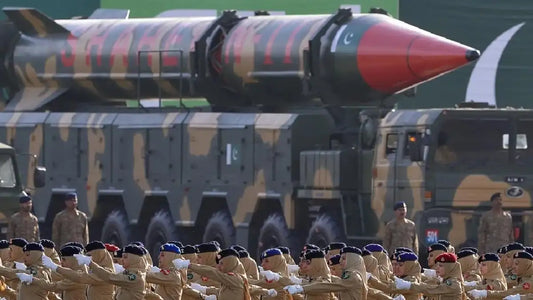

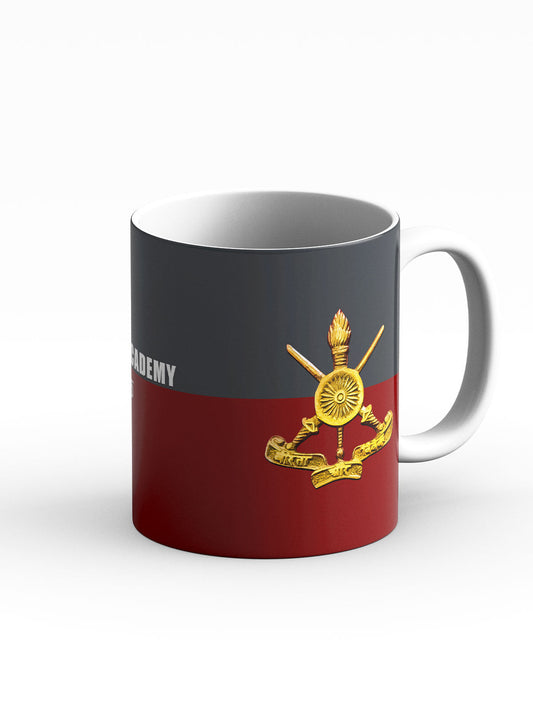
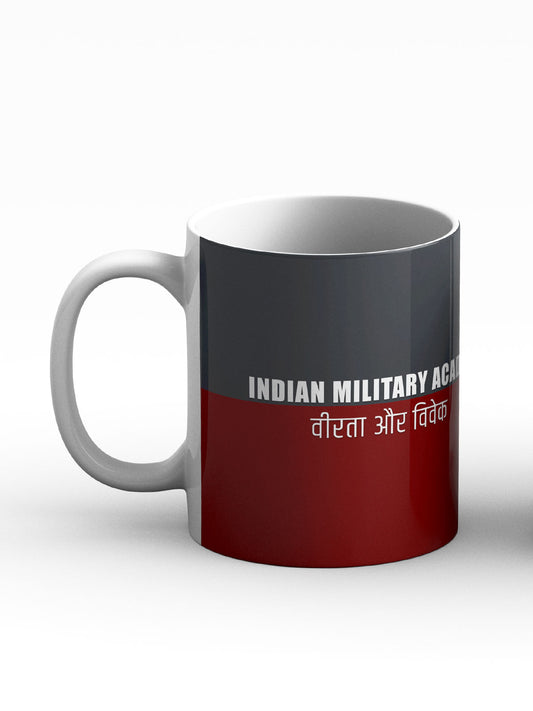
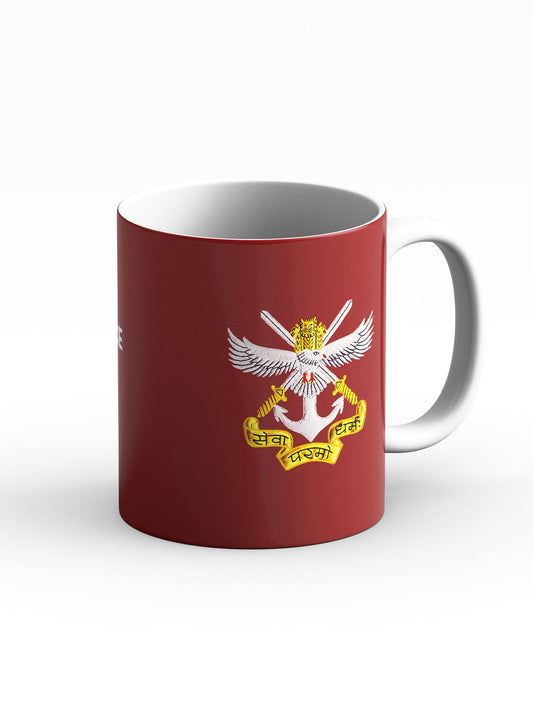
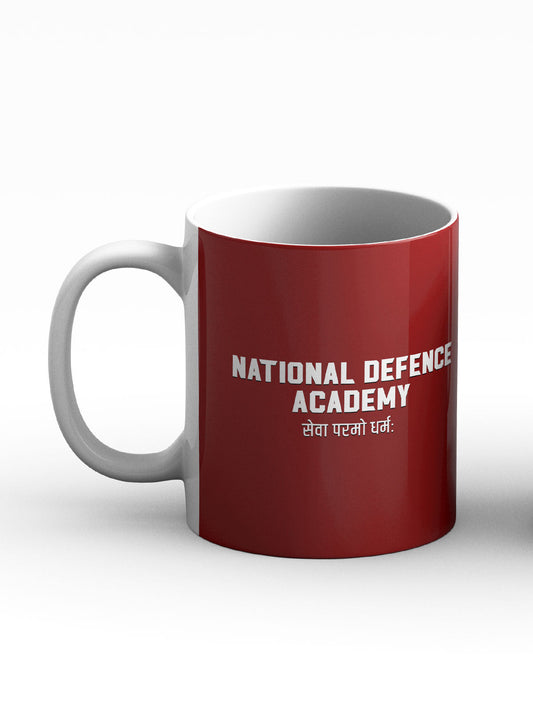
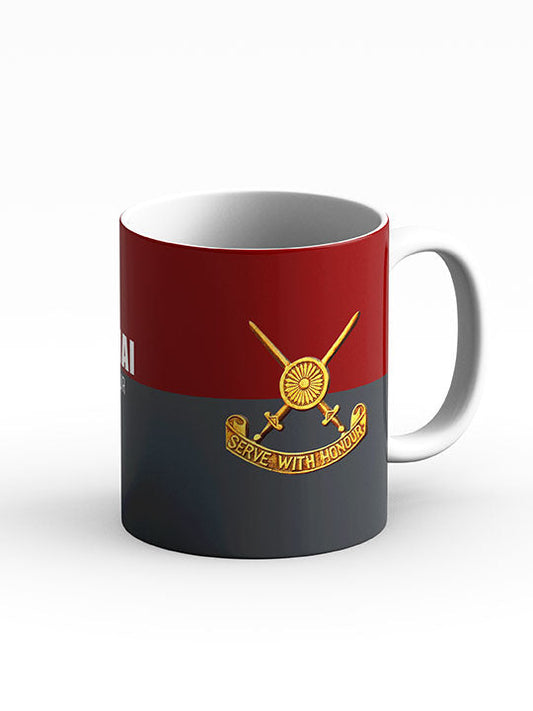

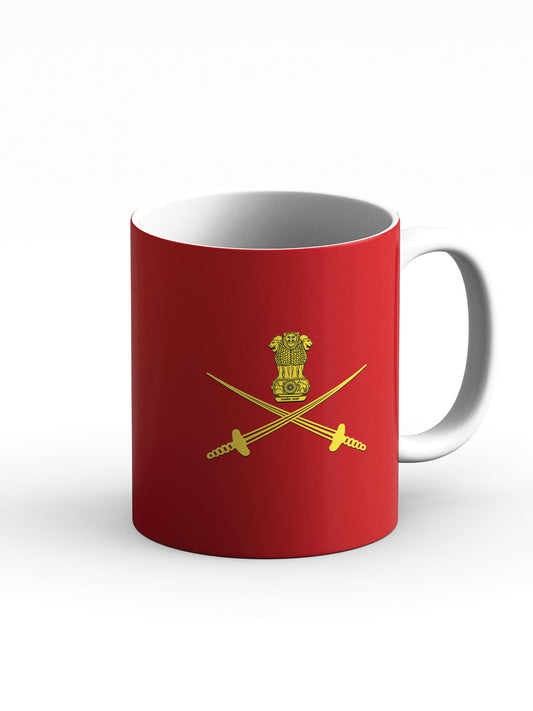
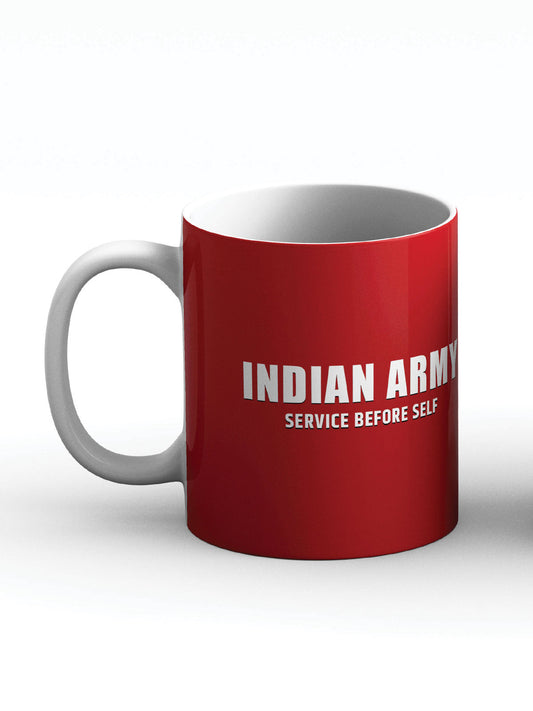
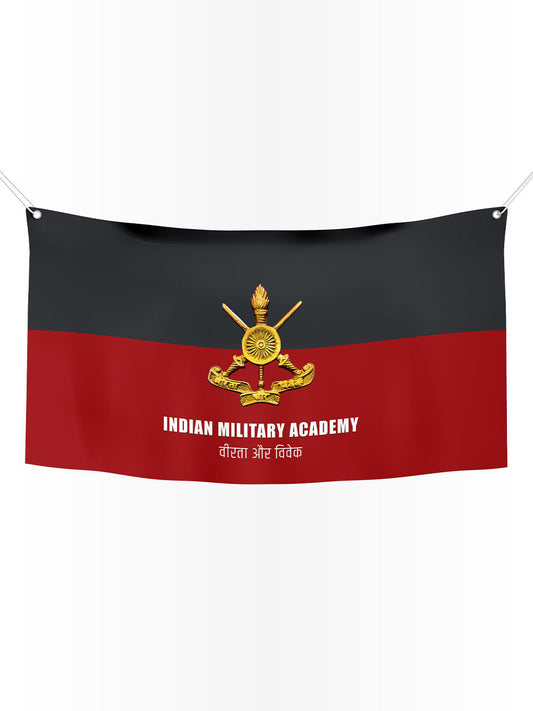
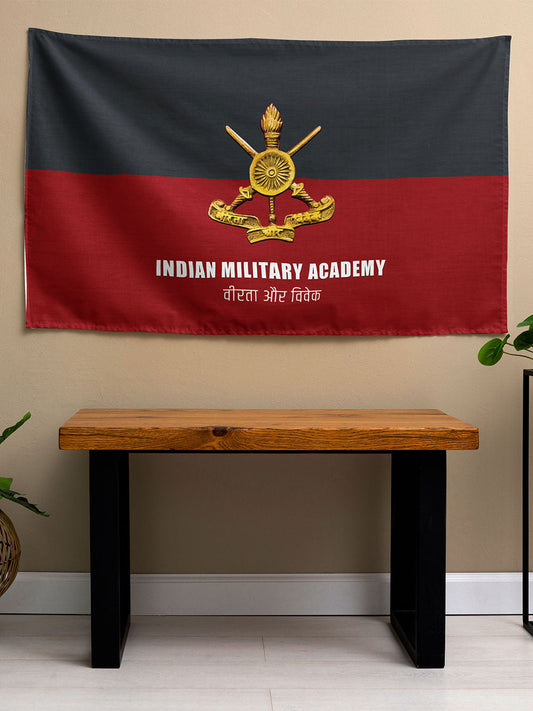
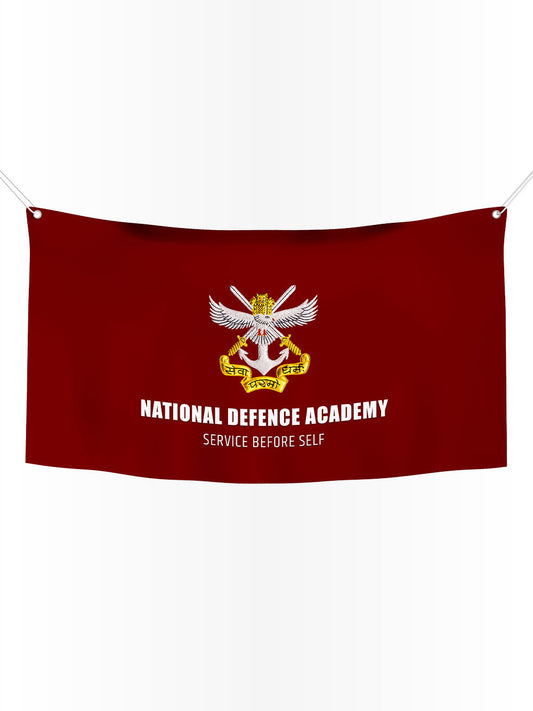
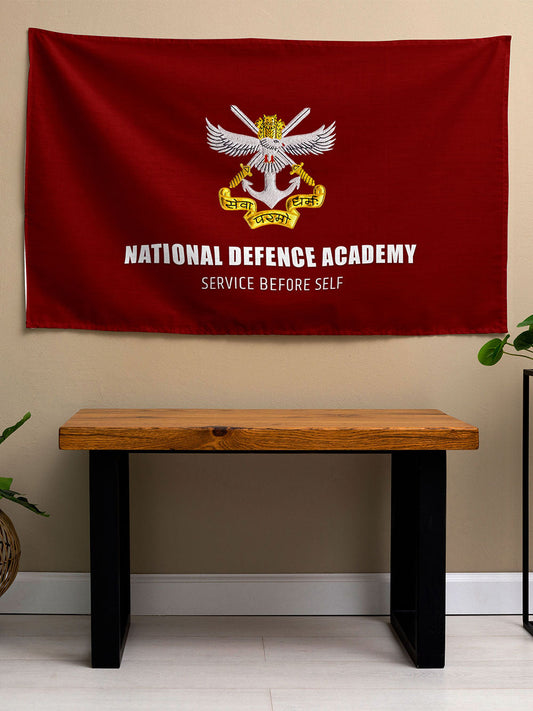
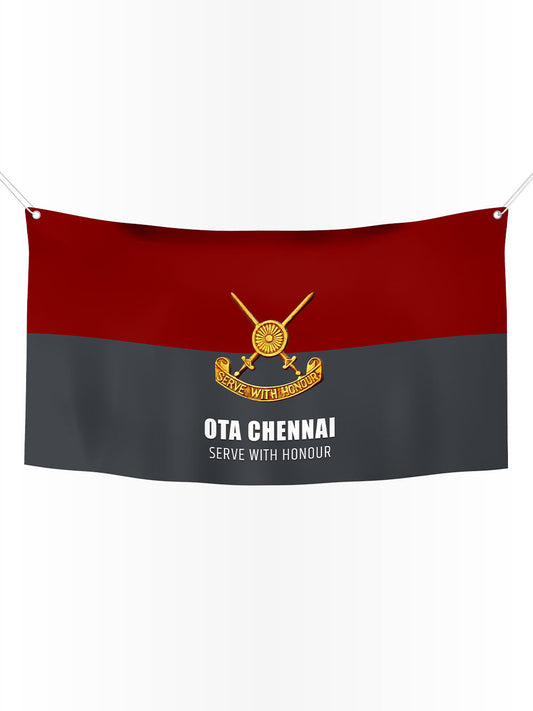
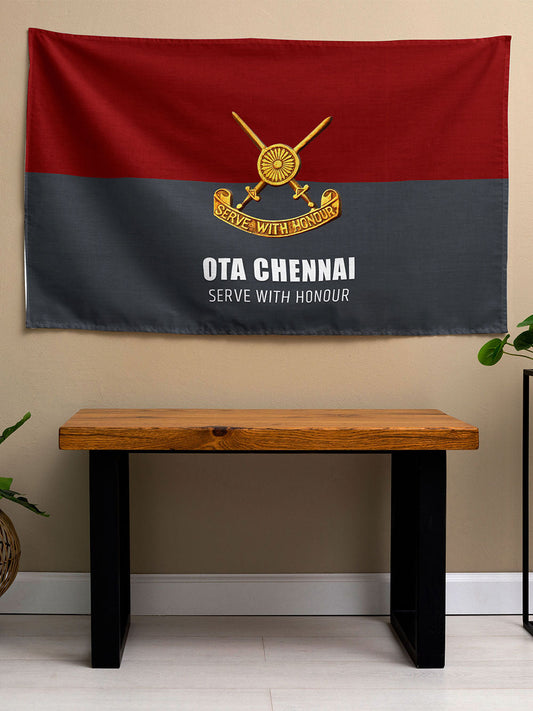
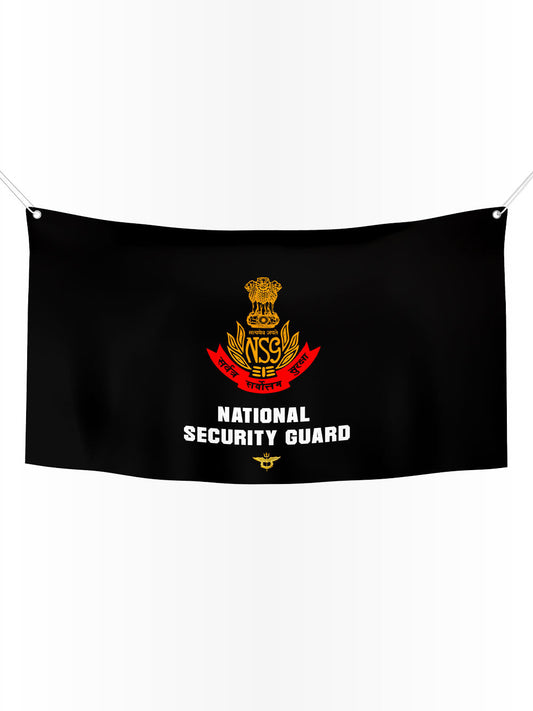
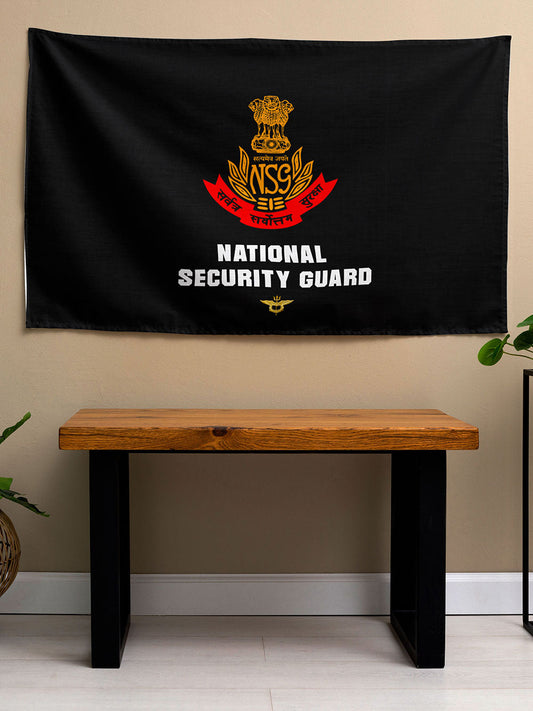

4 comments
Talking
Talking
Excellent.
Article absolutely apprehending.
Generates patriotic fervour a great extent.
Excellent.
Generates patriotic fervour a great extent.
Article absolutely apprehending.